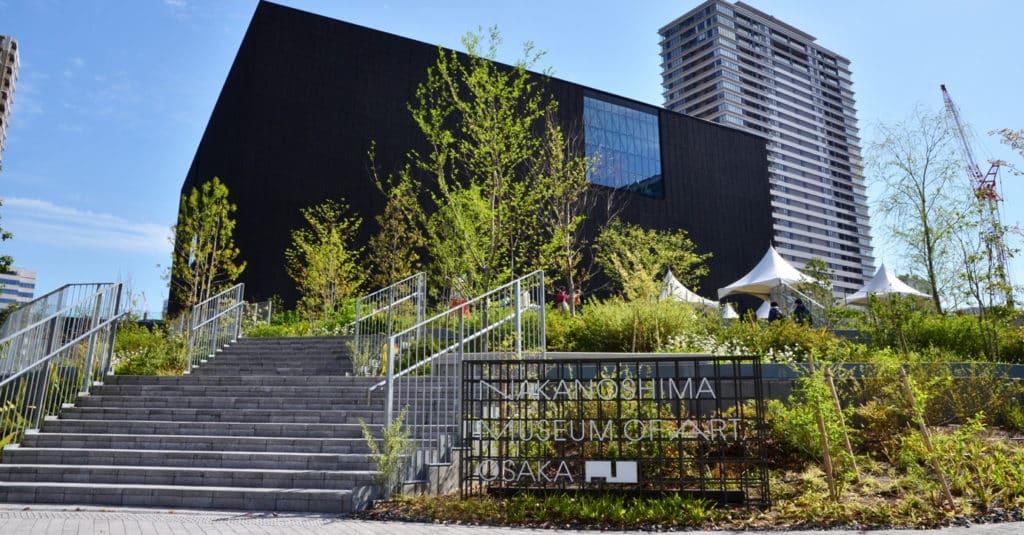Following the previous article on Art Museum architectures in the Kanto region, we now present you those the Kansai region.
We hope you will enjoy the multicolored architecture of Kansai.
CONTENTS
- Nakanoshima Museum of Art, Osaka
- Sumiya Motenashi Cultural and Art Museum, Kyoto
- Hyogo Prefectural Museum of Art, Hyogo
- Nara Prefectural Museum of Art, Nara
- The Museum of Modern Art Wakayama, Wakayama
1.Nakanoshima Museum of Art, Osaka
The core architectural idea of Nakanoshima Museum of Art, with its impressive appearance of a large black box floating in mid-air, is “passage”. It was designed with the theme of an open space that allows people of all ages to casually visit.
The exhibition spaces are located on the third through fifth floors, while the first and second floors are public spaces that can be used by visitors other than those attending exhibitions. The building’s atrium creates an open space with a sense of unity. The use of black and glass walls creates a sense of novelty in each space, which is also one of the building’s attractions. We feel warmth in this museum that connects the inside and outside of the building.
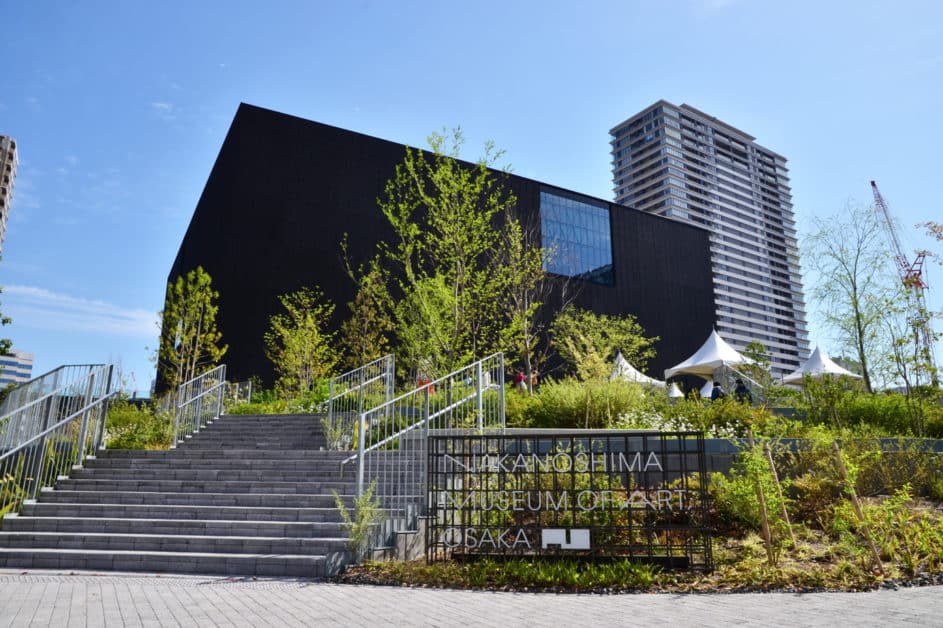
2.Sumiya Motenashi Cultural and Art Museum, Kyoto
The Sumiya Motenashi Cultural and Art Museum has been designated as an “Important Cultural Property” as the only remains of Ageya architecture. It was originally an elegant restaurant where banquets and dinner parties were held accompanied by the entertainment of geisha. Built in 1641, it is a two-story wooden structure with a lattice work exterior that was widely used in machiya houses in Kyoto in the early-modern period.
Various types of walls are used inside the building, including white stucco walls, yellow otsu migaki, and asagi-colored kujo mud walls. The red walls are said to have been the most luxurious walls of the time, showed the high status of the Sumiya building. The exhibits include the Sumiya building itself as well as art works from the collection, which are displayed and open to the public, allowing visitors to experience the atmosphere of the Edo period.
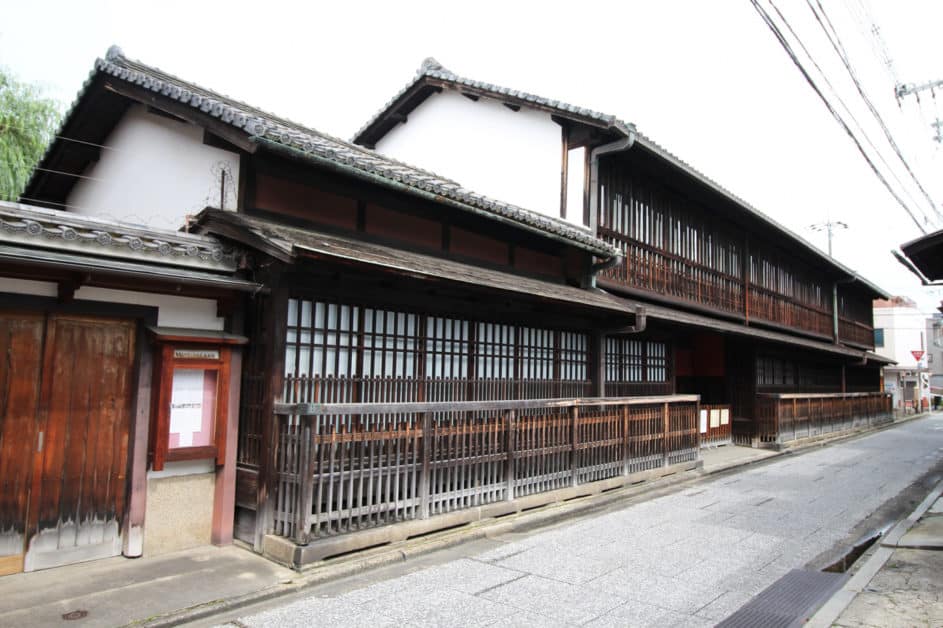
3.Hyogo Prefectural Museum of Art, Hyogo
Designed by Tadao Ando, one of Japan’s leading architects, the Hyogo Prefectural Museum of Art was designed based on the concept of not only displaying works of art but also providing a place for the fusion of various art forms. The famous circular terrace, the symbol of the museum, is a spiral staircase that connects each floor from the basement to the rooftop space. The contrast of light and shadow shining in from overhead is exquisite and harmonious, like a single work of art. The outdoor decks, named “wind,” “sea,” and “mountain,” respectively, provide a space to enjoy nature and the building from the outside.
The building itself can be considered as art, and different expressions can be seen depending on the time of day and the season.
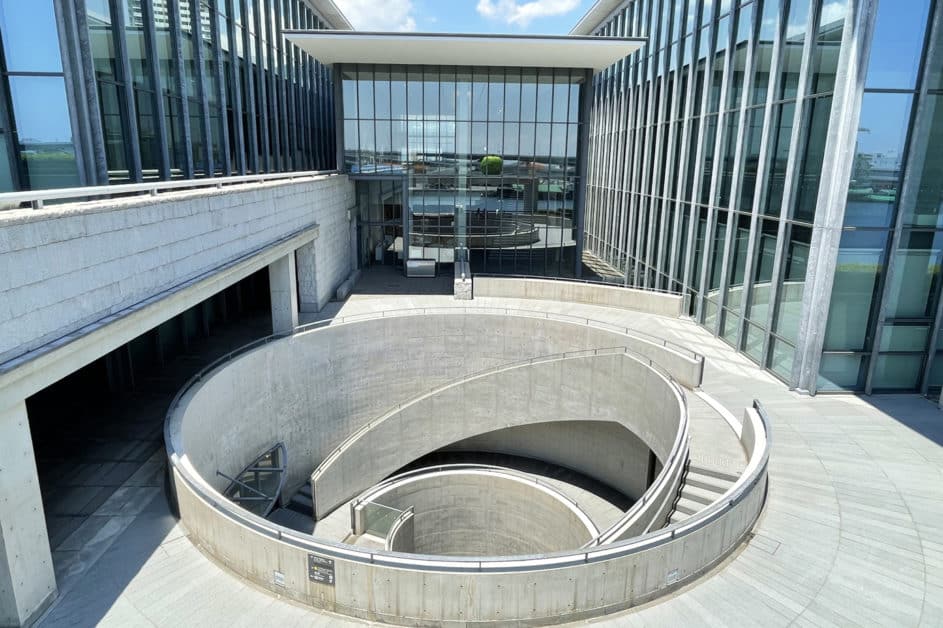
4.Nara Prefectural Museum of Art, Nara
The Nara Prefectural Museum of Art is a modernist building designed by Mitsuo Katayama. The Nara Prefectural Office Building to the south and the Nara Prefectural Cultural Hall to the west were also designed by Mitsuo Katayama, creating a sense of unity around the museum. The concrete eaves rafters peek out from the cubic roof exterior, giving the building a Japanese warmth. The entrance hall is a two-story atrium with a distinctive pattern of lights on the ceiling. The interior of the museum is simple and compact, bringing out the best in the exhibits while minimizing the architectural assertiveness of the building itself.
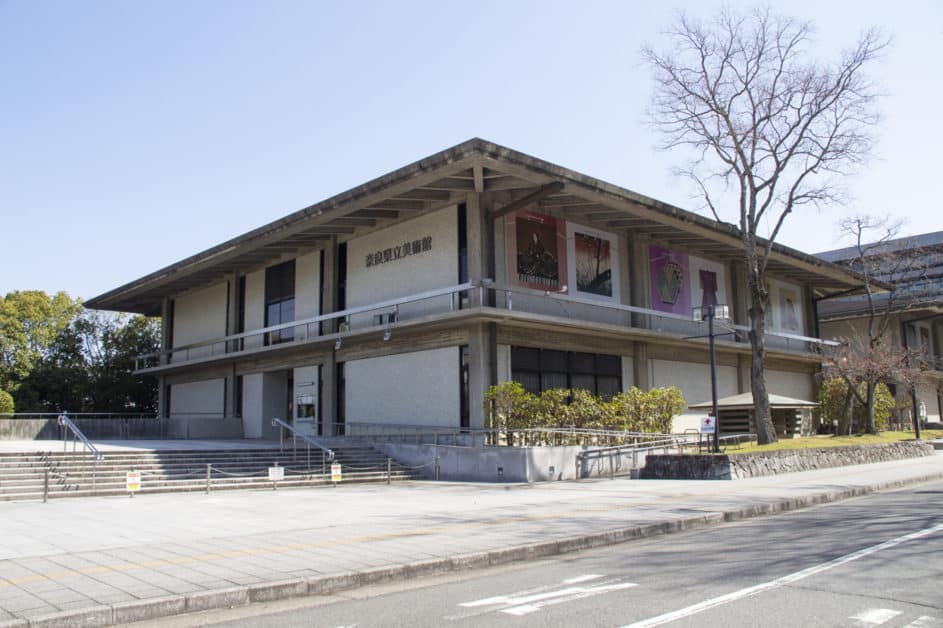
5.The Museum of Modern Art Wakayama, Wakayama
The Wakayama Prefectural Museum of Art, located adjacent to Wakayama Castle, was designed by Kisho Kurokawa. Kurokawa’s design concept of “symbiosis” is reflected in this museum.
The museum was designed with attention to both traditional and contemporary landscaping. The roof eaves, which are used extensively, are calculated to blend in with the surrounding landscape by using the same shape as Wakayama Castle. The stone steps, lanterns, streams, Noh stage, and other external structures also represent Japanese tradition. The building was designed with a meticulous attention to “symbiosis” down to the smallest detail.
In this issue, we have introduced museum architecture in the Kansai region.
We hope you can spend some relaxing time surrounded by art and architecture.
Sources:
https://nakka-art.jp/
http://sumiyaho.sakura.ne.jp/page/art_museum.html
https://ja.kyoto.travel/tourism/single01.php?category_id=11&tourism_id=704
https://www.pref.nara.jp/11842.htm
https://www.momaw.jp/

